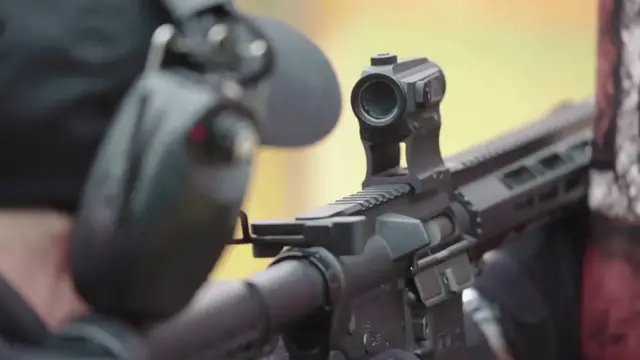
Are Ammo Companies Lying About Muzzle Velocity Uncover the Truth!
Dec 24, 2024
Are Ammo Companies Lying About Muzzle Velocity? Uncover the Truth!
When it comes to ammunition, one of the most frequently cited statistics is muzzle velocity. This measurement, typically expressed in feet per second (FPS) or meters per second (M/S), describes how fast a bullet travels as it exits the barrel of a firearm. It's crucial for understanding the bullet’s range, impact, and overall performance. However, recent concerns have emerged: Are ammo companies exaggerating muzzle velocity claims? Let’s dive into the facts and uncover the truth behind this controversial issue.
What is Muzzle Velocity?
Muzzle velocity refers to the speed at which a bullet exits the muzzle of a gun after firing. It’s a key factor in ballistics, affecting how far and fast the projectile will travel. High muzzle velocity often correlates with greater accuracy and stopping power, which is why it’s so often highlighted in ammunition marketing materials.
For example, when ammo manufacturers advertise a round with a muzzle velocity of 1,200 FPS, they’re stating the speed at which the bullet leaves the barrel. This is often seen as a measure of the bullet's performance.
The Marketing vs. Reality
Ammo companies are known to tout muzzle velocity as a selling point for their products. After all, higher velocity can imply more power and better performance. However, not all advertised muzzle velocities may reflect what the average shooter experiences in real-life conditions.
1. Test Conditions Matter
One of the main reasons for the disparity in muzzle velocity claims is the testing environment. Ammo manufacturers typically test their products in ideal conditions—using a specific barrel length (often a 24-inch test barrel), temperature, humidity, and a controlled shooting range. In real-world situations, your firearm may have a shorter barrel, different atmospheric conditions, or even wear and tear that can all affect the velocity.
For example:
Barrel Length: A 16-inch barrel in an AR-15 will result in a lower muzzle velocity compared to a 24-inch barrel.
Temperature: Cold weather can slow down the velocity of the bullet, while warmer conditions may increase it.
Altitude: The air density at different altitudes can impact how quickly a bullet travels.
Show More Show Less #Home & Garden
